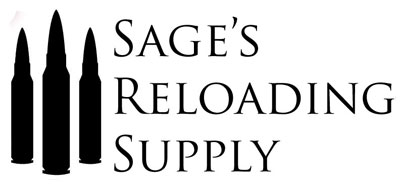I have found that there are misunderstandings about first aid and general response to trauma. I think we need to start from the beginning with trauma and know two very important acronyms. Those being M.A.R.C.H and A.B.C. MARCH meaning massive trauma, airway, respiration, circulation, head. ABC being. Airway, breathing, circulation. These are the cornerstone of first on scene trauma care. a Pt will bleed out ( dependent on the location of hemorrhage). Before a pt will ever become hypoxic. That is why M is first in the trauma assessment acronym. T.C.C.C. uses this as well as many EMS protocols. That being said we also should discuss the issue of proper hemorrhage control. Placing your hand on a bleed is not sufficient. Many people will place pressure on a wound an think, that the pressure alone will assist with the clotting cascade. This is terribly inaccurate, and quite possibly could lead to the death of the victim. you must compress the bleed between a hard surface within the body. That is the skeletal structure of the human body. Essentially you're clamping off the arterial or venous vessels and allow the platelets to stick together along with thrombin. ( is a spider web-like enzyme that will assist to hold cell together to form clots). Also, the use of a tourniquet is an excellent choice. ( my preference is a CAT) Airway, being as simple as the statement may be. I have found that airway means something different to each person. The base of this is done the victim have a viable passage from the oral cavity down through the glottic opening into the lungs. Meaning does the victim have and facial trauma or neck trauma. If not visible, your next is auscultation of the lungs. you must check at least four places. Due to the number of lobes we have. First two being the apices of both bilaterally. Then midaxillary and bilaterally, the reason being due to the amount of trauma the victim may have received could cause a collapsed lung. ( in fixing a tension pneumothorax please use a 10 gauge 14 is not adequate pre t.c.c.c ) You're are listing for breath sounds, if the victim is moving adequate air. Respiration is just that is the victim moving air. If you have encountered any of these issues you need to perform a jaw thrust or a head tilt-chin lift. To perform a jaw place your four fingers hind the jaw and your thumbs on the superior portion of the maxilla bone ( the cheeks) and gently press the jaw out. You're raising the tongue off of the glottic open, allowing the victim the breath. The head tilt-chin lift; Place both hands over the victim's ears, then head and roll just the head towards you gently. This achieves the same goal, however, if the victim has any spinal damage you could make it much worse. The jaw thrust is a more ideal choice. circulation is checking the pulse of the victim in two places. In the wrist and one of the other large arteries, either femoral or carotid. The reason being you're checking the victim's blood pressure and level of perfusion ( how well the person's organs and tissues are being oxygenated). It is vital you remember to do this. If you feel a pulse in the carotid, but not a radial pulse, you should place the victim's leg's in an elevated position. I feel some may disagree with this statement, however, your goal is to keep the kidneys and brain perfused. They are the last to lose blood flow and also the most sensitive to loss of perfusion. With you are checking for depression contusion abrasions avulsion penetration obvious deformities of the skull. Also look for drainage of the ears eyes nose, note the color. If you see clear liquid, it could be a sign of spinal fluid. Do remember to call for EMS. These could save someone and by relaying the information to dispatch, could give us the time to make sure, we have an idea of what we need to do prior to arrival.
With ABC's what your doing is rechecking the victim and the level of breathing this should be done while you are waiting for ems to arrive. After you have done the secondary assessment of the victim. You should hold the head in a neutral position or how they were found. Your goal here is keeping them conscious enough so they continue to breathe on their own and assist with perfusion. However, they can be completely incapacitated and still breathe on their own. I have seen people with a G.C.S of 4 and 5 breathe adequately.
Please take note, I am not a doctor nor a grammar expert. This is just a thread that I want to post. I am not a medical professional nor am I liable for your actions.
" EMS does not save lives. God does. It's our job to entertain our patients until he makes up his mind." Dr. Red Duke.





 Reply With Quote
Reply With Quote


